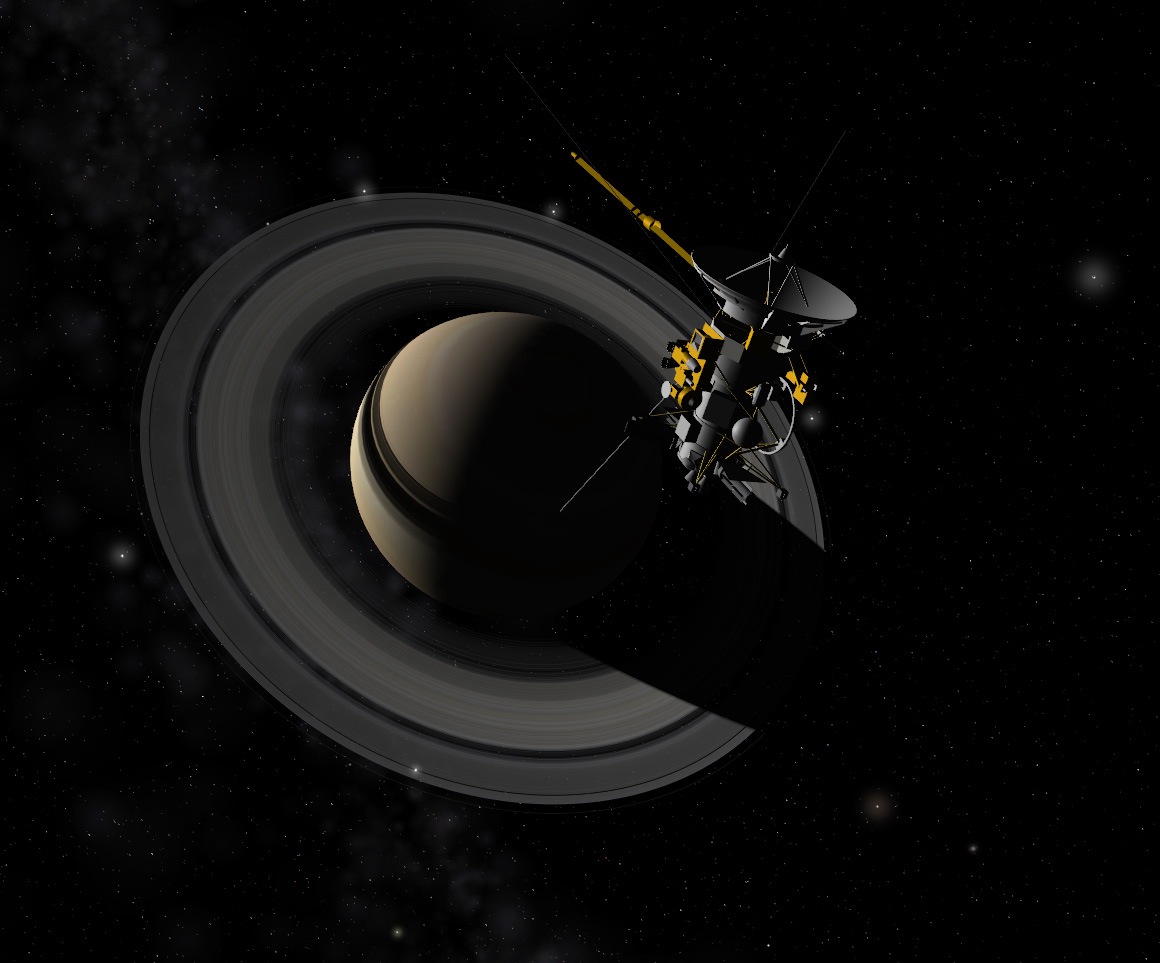It is indeed interesting but not too surprising that in this Cassini shot
from Oct 30 2006 of the
northern blue top of Saturn the
typical
blue color was not observed.
http://ciclops.org/view.php?id=2326
Here are some respective comments by a physicist

:
---------------------------------------------------------
From its unique perspective high above the planet, Cassini looks down
upon Saturn's murky northern hemisphere. Note that in this view,
the phase angle was VERY high (150 degrees) such that we largely see
diffuse reflection of the sun's light at Saturn's cloud surface.
There is no doubt that in face-on vision the northern hemisphere is
(presently) blue. Here is a true-color reminder:
http://ciclops.org/view.php?id=753
Diffuse reflection usually includes a
color shift due to
partial absorption of the R,G,B color components in the material, here
Saturn's northern clouds.

(The illustration is from here
http://www.merck.de/servlet/PB/menu/1403770/index.html)
The observed color shift in diffusely reflected light then teaches us
about the absorptive properties of the material.
As a (trivial) illustration, I made a little experiment with GIMP, taking
the above blue image in direct vision and reduced the blue component
strongly, and green to a lesser extent (<=> simulation of absorption)
. Red remained unaffected. Here is the result, with the resulting color
on the right corresponding about to what is seen in this 150 degree
phase angle shot.

Bye Fridger








